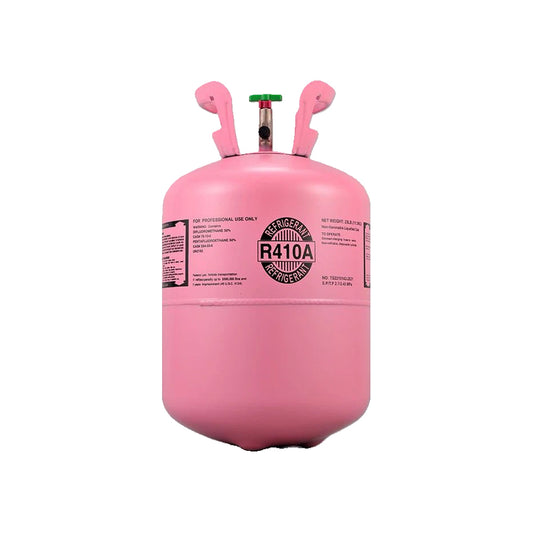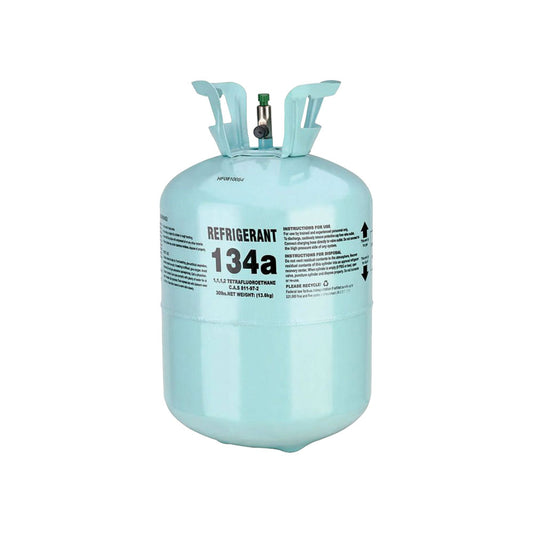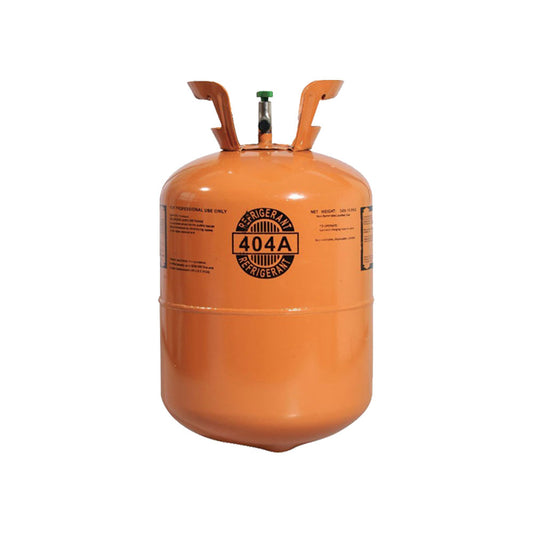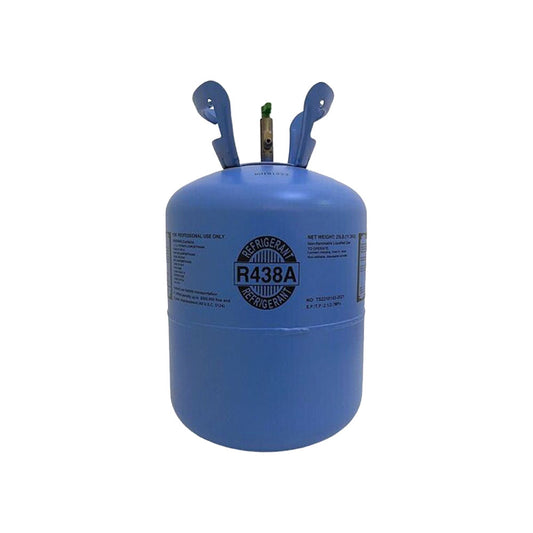The Surprising Truth Behind the R-454b Shortage
Share
In recent years, the HVAC industry has been facing a significant challenge due to the shortage of R-454b refrigerant. This shortage has caught many industry experts by surprise, leading to concerns about the future of air conditioning and refrigeration systems.
What is R-454b and why is it important?
R-454b, also known as Opteon™ XL41, is a low global warming potential (GWP) refrigerant that has been widely adopted as a replacement for R-410A in air conditioning and refrigeration systems. With a GWP of only 466, R-454b is considered a more environmentally friendly alternative to traditional refrigerants.
What caused the shortage?
The shortage of R-454b can be attributed to several factors, including the increasing demand for low GWP refrigerants, disruptions in the supply chain, and regulatory changes impacting the production and distribution of refrigerants. As a result, HVAC contractors and manufacturers are facing challenges in sourcing an adequate supply of R-454b for their systems.
How is the industry responding?
In response to the R-454b shortage, the HVAC industry is actively exploring alternative refrigerant options and investing in research and development to find sustainable solutions. Manufacturers are working to optimize the use of available refrigerants and develop new technologies to mitigate the impact of the shortage on the market.
What can consumers expect?
As the HVAC industry navigates the R-454b shortage, consumers may experience delays in servicing and repairs for their air conditioning and refrigeration systems. It is important for consumers to stay informed about the latest developments in the industry and work closely with HVAC professionals to address any issues related to refrigerant availability.
Overall, the R-454b shortage serves as a reminder of the importance of sustainable practices in the HVAC industry and the need for continued innovation to address environmental challenges. By working together, industry stakeholders can overcome the challenges posed by the shortage and ensure a more sustainable future for air conditioning and refrigeration systems.




